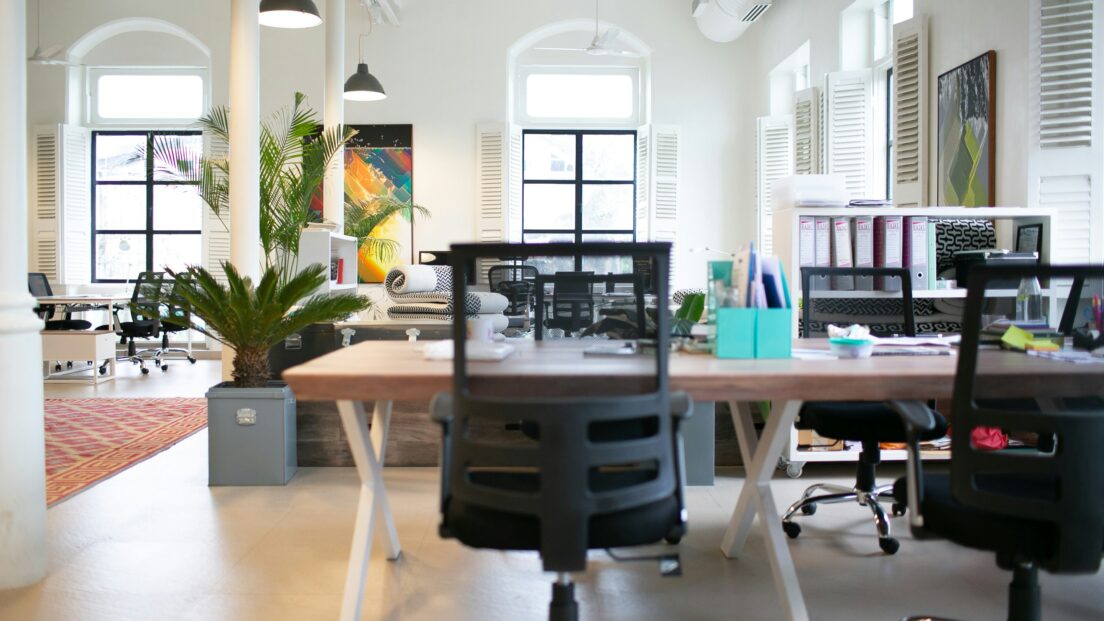New requirements for office space

Companies are placing increasingly high and differentiated demands on their office space. Today, the focus is on flexible space concepts that promote communication and collaboration without restricting the opportunity for retreat and concentrated work. High-quality and sustainable solutions in both central and agglomerated locations are in demand.
The way in which companies utilise their office space has changed significantly in recent years. As the “Office Space Barometer” survey shows, workstations for individual desk work are no longer the central focus, which is understandable given the average occupancy rate of around 72%. Instead, companies are prioritising spaces that enable both collaboration and concentrated work. Meeting rooms, customer areas as well as relaxation and retreat areas are becoming increasingly important. Traditional open-plan offices are giving way to flexible space concepts that meet the diverse needs of employees.
City or conurbation?
Although around 24% of the companies surveyed still prefer a city centre location, locations in conurbations are also increasingly in demand due to good transport links and attractive rental prices. In large centres, as many as 53% of companies prefer a central location. The modern infrastructure enables companies to save costs outside the centres without having to accept losses in accessibility.
Quality and sustainability as key criteria
When choosing new office space, the quality of the working environment is the top priority. 59% of companies rate high-quality and ergonomically equipped workplaces as very important, while 37% rate this as somewhat important. Aspects such as sustainable construction and energy-efficient operation are becoming increasingly important, as they not only help to reduce costs but also support companies’ sustainability goals. Mobility factors such as good public transport connections or accessibility by car are also crucial.
Efficient use of space through data-based strategies
The fluctuating utilisation of office space poses challenges for many companies and owners. More and more companies are turning to technologies such as automated counting systems to analyse the actual use of office space. This data provides valuable insights and enables flexible customisation of the working environment. By transforming underutilised spaces into communal and meeting areas, space utilisation can be maximised and operating costs reduced while promoting employee wellbeing.